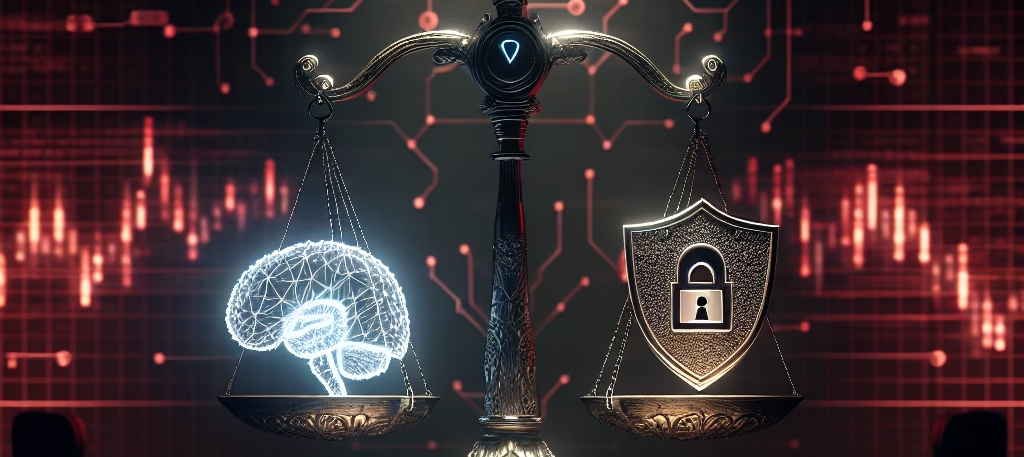In today’s rapidly evolving tech landscape, the convergence of Artificial Intelligence (AI) and Digital Rights Management (DRM) regulations has created a delicate balancing act between legal compliance and creative innovation. Lawmakers strive to protect intellectual property and consumer privacy, while developers race to harness AI’s potential without violating DRM restrictions.
When AI meets DRM
AI-driven solutions—from text generators to automated content analysis—are revolutionizing industries, yet DRM systems control the access, sharing, and modification of copyrighted digital assets. Although both serve vital purposes, their overlap has sparked unforeseen conflicts.
Key Compliance Hurdles
-
Data Ownership: AI requires vast, diverse datasets, but DRM rules often restrict use of copyrighted texts, images, and videos.
-
Reverse Engineering: Improving AI algorithms may demand inspecting protected code or content, yet anti-circumvention laws can criminalize such efforts.
-
Jurisdictional Patchwork: Divergent DRM and AI laws across regions complicate global product development and deployment.
Technologists are pioneering strategies to advance AI responsibly:
-
Public-Domain & Licensed Data: Building large training corpora from open-access archives and government repositories.
-
Federated Learning: Training models locally on devices to avoid transferring protected content to central servers.
-
Transformative Use: Designing AI applications that qualify for fair use by focusing on remixing, commentary, or educational purposes.
-
DRM-Aware Tools: Developing systems that detect and respect embedded watermarks, alerting users rather than stripping protections.
Policy Paths to Harmony
-
Establish AI-focused safe harbors for legitimate research, reverse engineering, and data analysis.
-
Standardize DRM formats to lower compliance costs and enable cross-border innovation.
-
Broaden fair use exemptions to explicitly encompass transformative AI-driven creations.
-
Foster public–private “regulatory sandboxes” where new AI technologies can be tested under supervised conditions.
As AI’s capabilities continue to surge, tension between innovation and compliance will only grow. By implementing clear, flexible regulations and promoting collaboration among lawmakers, rights holders, and developers, we can unlock AI’s transformative power while safeguarding the legal protections that DRM was designed to uphold.
As AI continues to advance, the tug-of-war between innovation and compliance will intensify. By adopting more flexible, clarity-driven regulations and fostering collaboration between lawmakers, rights holders, and developers, it is possible to unlock AI’s full potential while still preserving the legal protections that DRM was designed to guarantee.



